The Atelier Master
Jacob Collins was born in 1964 in New York City, but his artistic education took him far from home. As a young man, he studied at the Art Students League before leaving for Paris, where he spent years immersing himself in the collections of the Louvre. He stood before Poussin, Ingres, and the French academic painters, absorbing their methods through patient observation.
When Collins returned to New York in the 1990s, he brought with him a conviction that felt almost radical in the contemporary art world. He believed that rigorous technical training, the kind that had been abandoned by most art schools, was essential. So he began teaching small groups of students in his studio, guiding them through the fundamentals of drawing from life, mixing colors, and building form through careful observation. These informal classes grew into something larger.
In 2006, Collins founded the Grand Central Atelier in Long Island City. It was designed as a return to the nineteenth century atelier system, where students learned through intensive practice under master artists. The curriculum was demanding: long hours copying plaster casts, drawing from the figure, studying anatomy, painting still lifes with exacting attention to light and shadow. No shortcuts, no conceptual leaps. Just the slow accumulation of skill.
His own paintings reflect this philosophy. His landscapes capture the Hudson Valley with quiet reverence, his portraits render flesh and fabric with luminous precision, and his still lifes arrange everyday objects into compositions that feel timeless. There is nothing ironic about his work, nothing that winks at the viewer. Collins paints as if modernism never questioned whether beauty and craft still mattered.
The atelier movement he helped launch has spread. Similar schools now exist across the United States and Europe, training a new generation of artists in classical techniques. Some see this as vital preservation, others as nostalgic retreat. Collins himself simply continues painting and teaching, committed to a vision of art rooted in discipline, observation, and respect for tradition.
His strengths: Exceptional draftsmanship, nuanced understanding of light and atmosphere, dedication to reviving forgotten teaching methods, and unwavering commitment to representational painting in an era dominated by other approaches.
Career highlights: Founding the Grand Central Atelier and Water Street Atelier, influencing the contemporary realist movement, and creating a body of work that demonstrates the continued vitality of classical techniques.

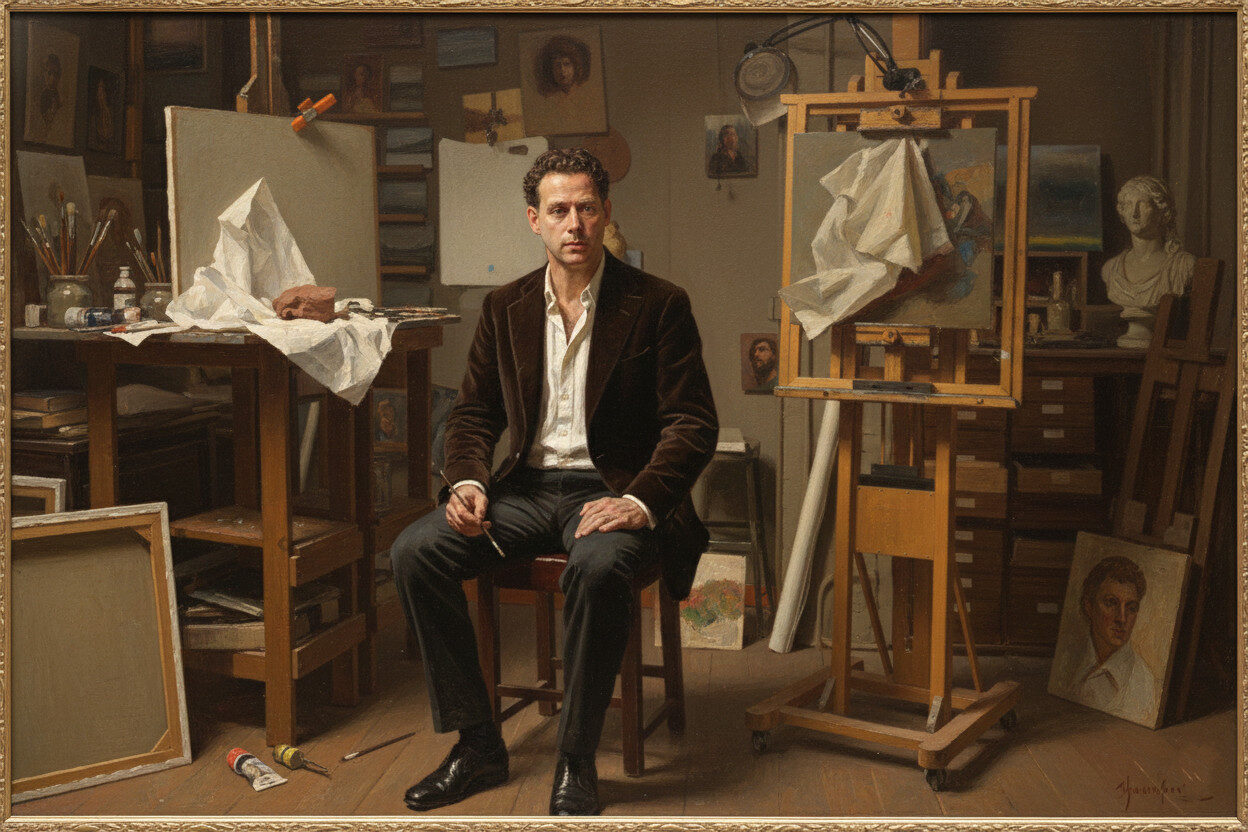
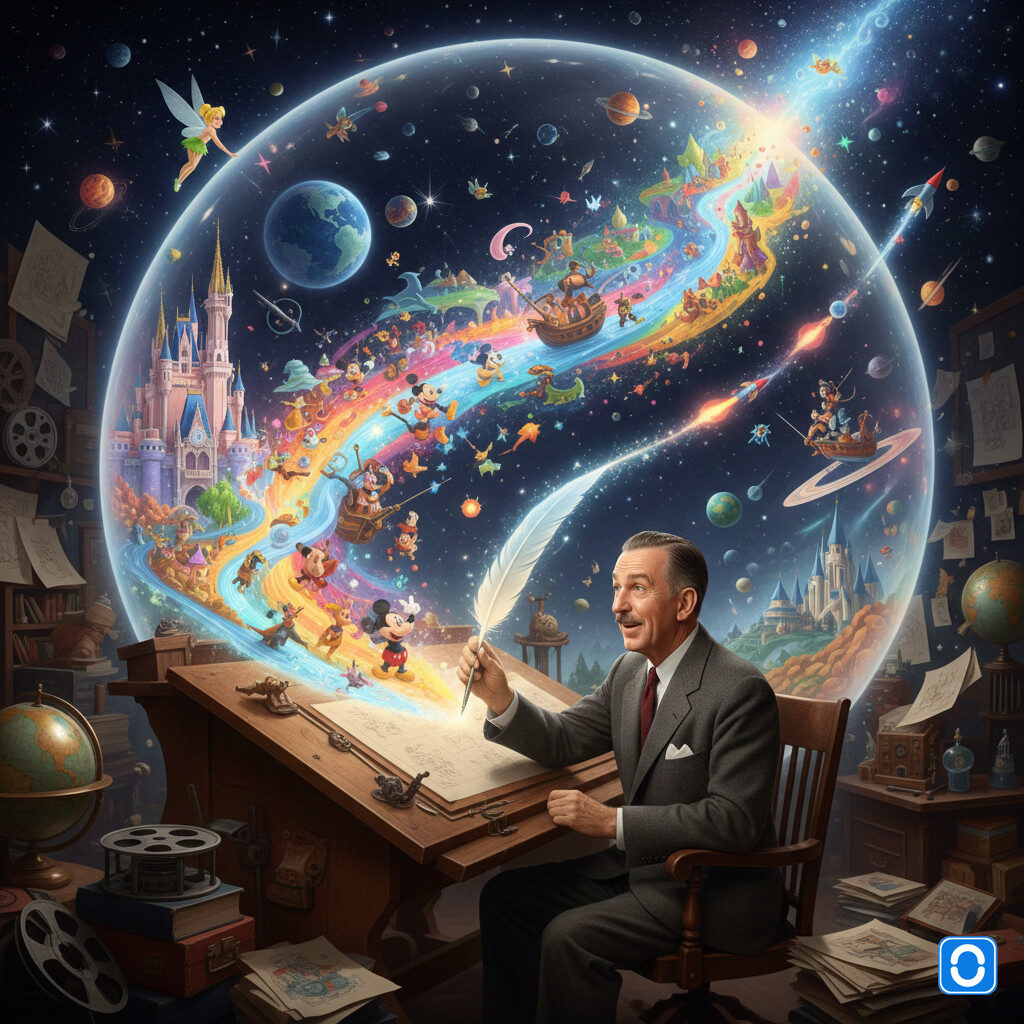


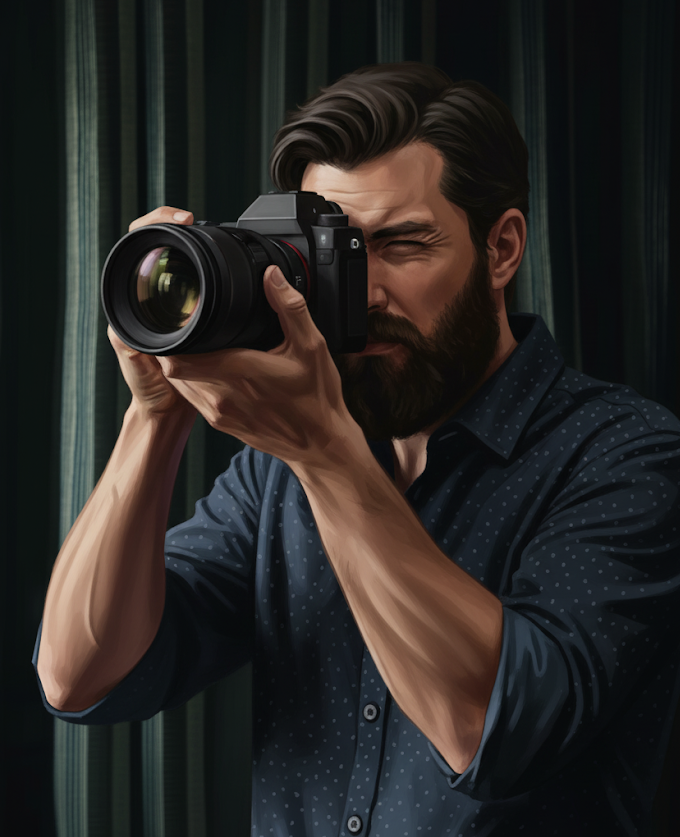

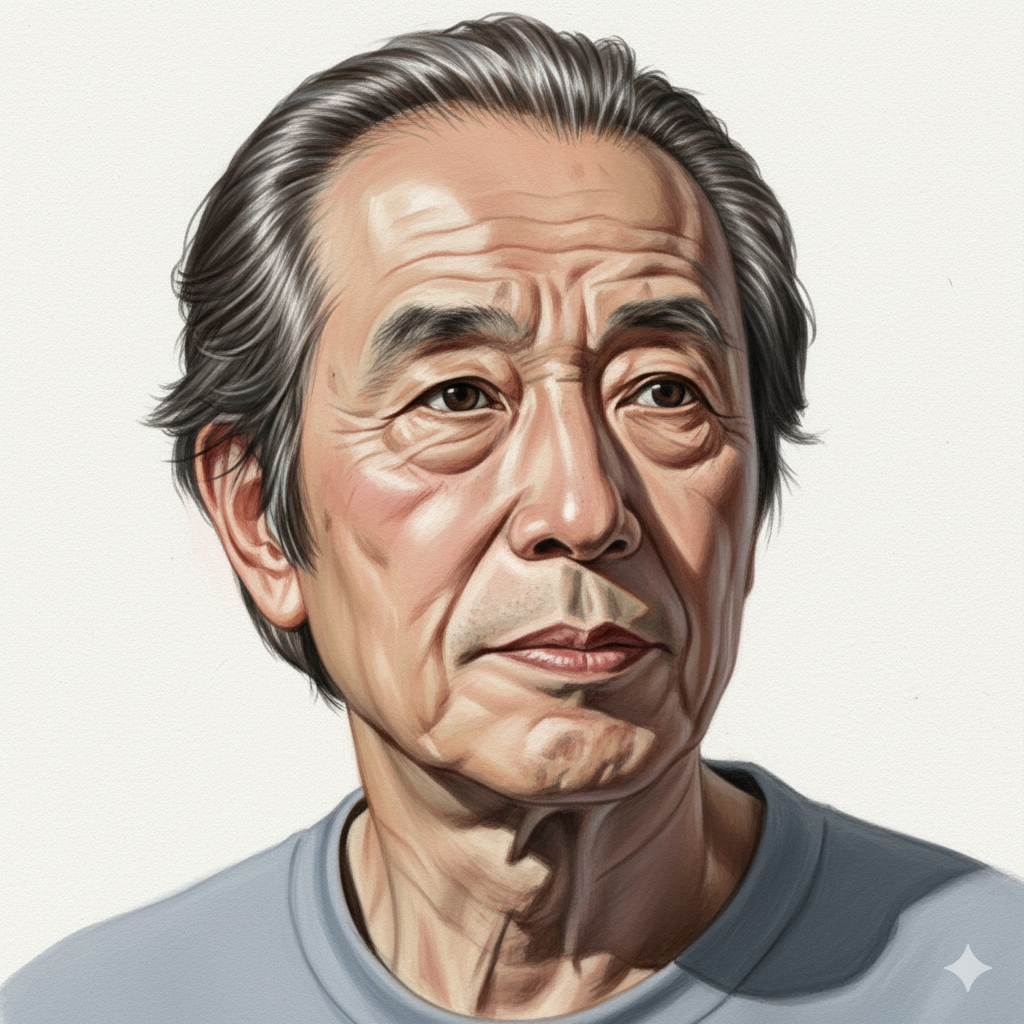
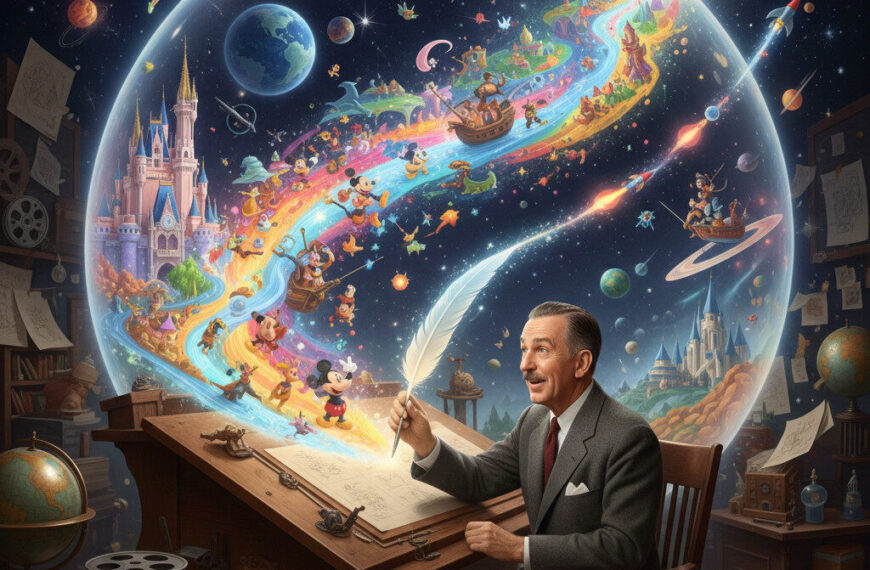

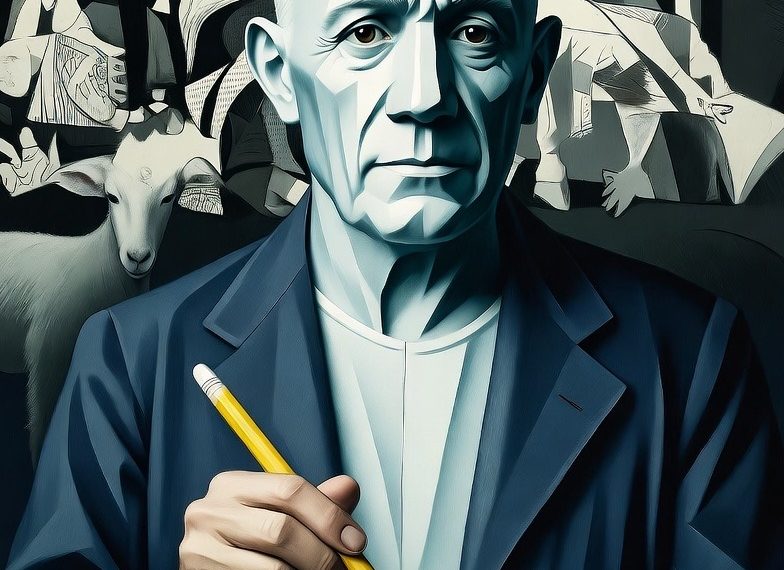
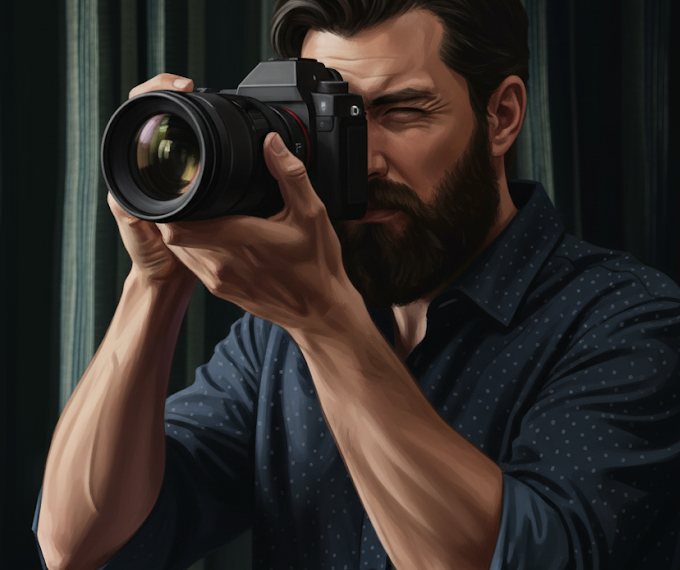

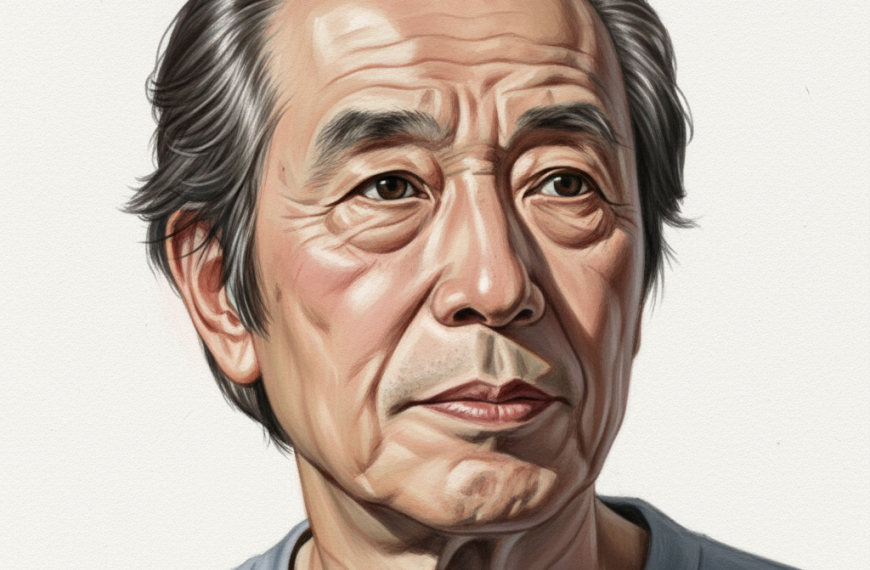

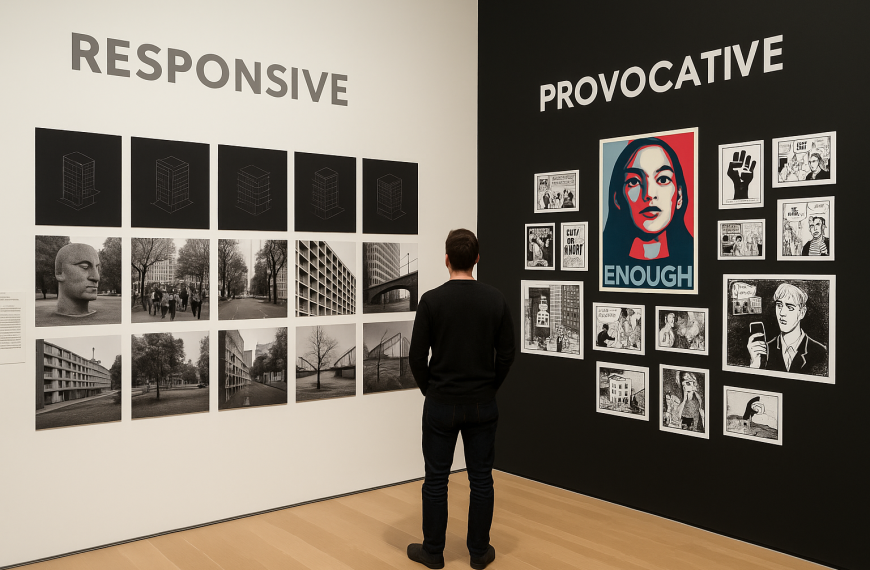


Leave a Reply